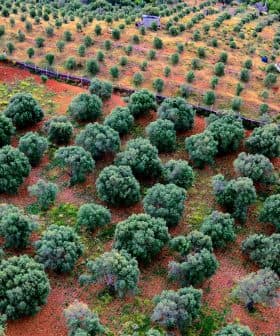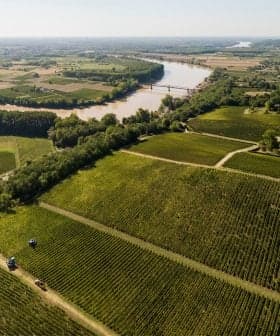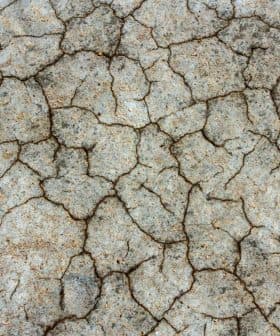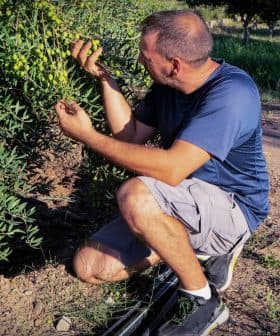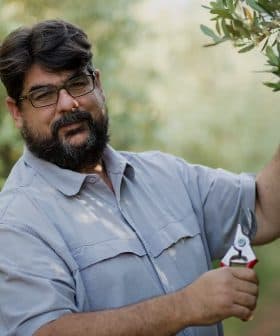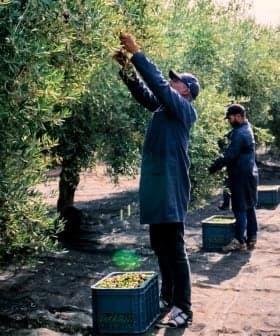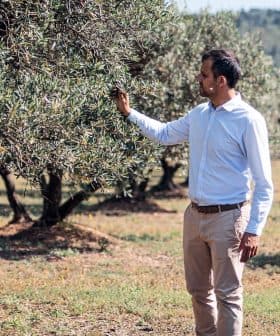New Zealand Program Aims for Higher Yields
A project aimed at increasing olive oil yields in New Zealand from the growth stage is progressing as planned, with organizers hoping to see an increased market share of Kiwi olive oil as a result of their efforts.
 Attendees at the Northland Field Day held in November (Olives New Zealand)
Attendees at the Northland Field Day held in November (Olives New Zealand)The Focus Grove Project in New Zealand aims to increase the local market share of olive oil by improving grove management practices, with a goal to increase production by 10 kg per tree. The project, funded by the Sustainable Farming Fund and private donations, has already seen an increase in harvest tonnage and a reduction in production costs through better management practices.
This year looks to bring great progress to New Zealand’s Focus Grove Project, an initiative aiming to “increase the market share for locally produced olive oil by identifying basic grove management practices to enable the industry to consistently lift the productivity of fruit per hectare and thus also reduce costs.”
The project to increase the market share for Kiwi olive oil will run until late next year and hopes to improve olive grove management practices using financing from the Sustainable Farming Fund and members of Olives New Zealand as well as private donations.
Along with the increase in production, there has been a reduction in production costs because of better economies of scale.
Typically, New Zealand produced olive oil makes up less than 10 percent of the local market share, with the country consuming a respectable 4 million liters of olive oil annually (of which imported oil makes up the majority).
New Zealand’s 400,000 plus trees are capable of producing at least half that amount, but the current production makes up less than a quarter of that figure — leaving a sizable gap in production.
While local producers have made efforts in the past to try increase yield, factors such as disease and poor weather conditions have created obstacles. The Focus Grove Project, therefore, hopes to increase production by tackling productivity issues as well as cost structures.
Researchers behind the group suggest that efforts should be made to control wet weather leaf fungus diseases in order to retain healthy leaves and improve growth, fruit and flowering in the future. Better pruning of the trees has been recommended in order to size and shape each tree to get the maximum amount of required sunlight within each canopy.
In November last year, the first review and recommendations were made after site visits, with a goal set to increase production by 10 kg per tree. During these visits, project consultants also held Field Days, where local olive growers could get advice on spraying programs and pruning methods, and advice on how to avoid on-off cycles as well as better disease control practices.
Later this year, the sites will be revisited to see if each is on track to reach its goal.
Gayle Sheridan, the executive officer of Olives New Zealand told Olive Oil Times the project is progressing as expected. “With the Focus Groves now into their second year of following the recommended program of canopy management and disease management, we are seeing their harvest tonnage achieving 15 to 20kg per tree compared with less than 10kg which is the national average. Along with the increase in production, there has been a reduction in production costs because of better economies of scale, Sheridan said.”
If all goes as plan, the project hopes to see increases in production per tree from 10kg to 15kg per tree in September, with the final visits and reviews taking place in March 2018.



